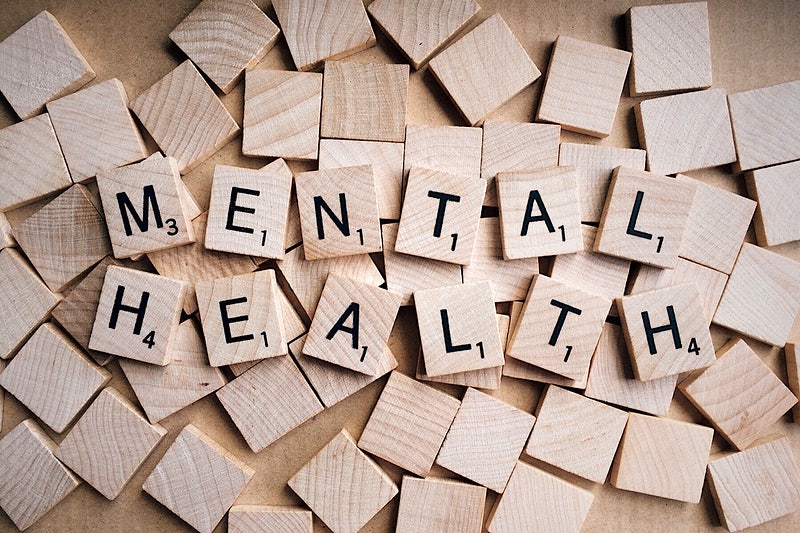As the school year progresses, classes can expect more homework, tests, and obligations outside of school. High school is a critical time for managing emotions and relationships, making keeping track of one’s wellbeing much harder. Thankfully, now, there is more awareness being raised about mental health and related struggles.
What is Mental Health?
The World Health Organization describes mental health as “a state of mental well-being that enables people to cope with the stresses of life, realize their abilities, learn well and work well, and contribute to their community.”
Mental health is displayed differently in each person, depending on who they are. These differences can include their interests and how they respond to the world around them, as well as hobbies, relationships with friends and family, and what influences their decision-making.
However, mental health is not just based on one’s actions. It can also be attributed to genetics, environment, and outside factors. Whether this be growing up in a cold city versus a warm coastal town or something in our genes, not everything is in our control.
How does mental health pertain to high school?

According to the CDC, mental health in teenagers has been worsening. These mental health issues are especially affecting female and LGBTQ+ students, and they disproportionately affect racial groups. Not only is this a threat to the well-being of students, but it also gets in the way of their relationships with friends and family, decision-making, and physical health.
School counselor Ms. Katherine Mathews shared that there are many resources that students can use if they are struggling. These resources include the social workers, the counselors, and online resources on Northside’s website. However, she also suggests that conversations regarding mental health become more normalized.
Addressing Stigmas
Stigmas are negative views a group of people have about a specific topic. There are stigmas around the topic of mental health that make it hard for people to open up and talk about it. As explained by the Mayo Clinic, viewing mental health in a negative way leads people to not seek help, misunderstandings between individuals, and adverse social effects such as bullying and harassment.
Ms. Mathews also expressed her dislike of the shame behind mental health. She claims people should try to educate and reframe views around mental health, noting that we need to take care of ourselves. She also recommended that we view mental health problems as physical because, often, if something is not visible, it is not taken seriously.
An affirming shift would be to think about mental health as well-being, attitude, and wellness.
The Northside Perspective
Elliot Weihing (Senior) explains that a positive mindset gets him through the stressful work of some of his classes, noting that “you live and you learn.”
Similarly, freshman Benjamin Cederquist advises that we all take a step back and realize “it’s gonna be ok; there is a light at the end of the tunnel.”


If students feel like they are alone in their mental health journeys, they are not.
Zaria Grady (Freshman) reflects on her school year, looking back on when she had multiple quizzes on the same day that left her feeling overwhelmed.
Avery Cohn (Senior) also notes her stress when she dealt with college applications.
Northside students should know that although they may feel overwhelmed or overworked, their peers may also share those feelings. “Taking a breather” (Zaria Grady) and “sitting down”(Benjamin Cederquist) may help regulate those emotions to tackle whatever else you have to deal with.

Mental Health Resources
https://www.cps.edu/services-and-supports/health-and-wellness/mental-health/







